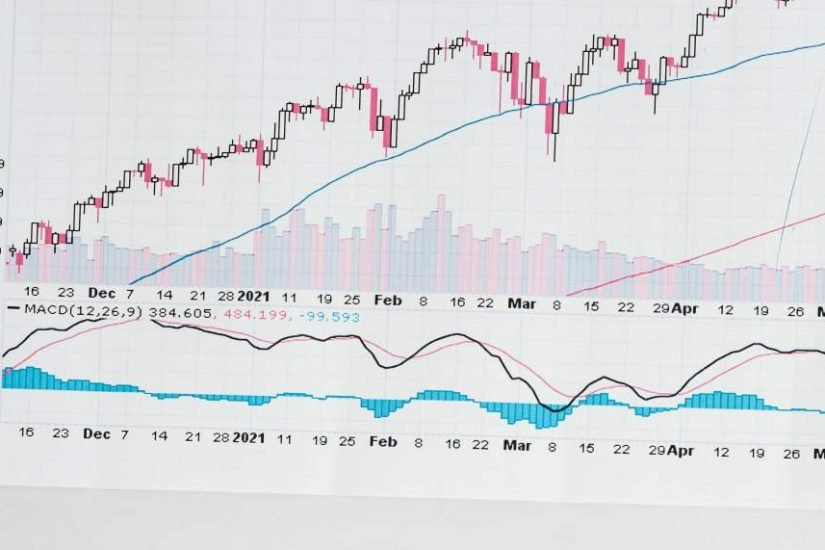Placing effective stop loss orders is a critical aspect of risk management in forex trading. Stop loss orders protect traders from significant losses and help preserve their trading capital. MetaTrader 5 (MT5) offers a range of tools and features that can be utilized to place stop loss orders effectively. In this article, we will explore various strategies for placing stop loss orders in MT5 to enhance trading performance.
Support and Resistance Levels
One strategy for placing effective stop loss orders is to base them on support and resistance levels. Support levels act as a floor where the price tends to bounce back up, while resistance levels act as a ceiling where the price tends to reverse downwards. By placing stop loss orders slightly below support levels for long positions and above resistance levels for short positions, traders can protect their positions if these levels are breached.
In MT5, traders can use technical analysis tools to identify support and resistance levels. Once identified, the stop loss orders can be placed by modifying the trade and entering the desired stop loss level.
Volatility-based Stop Loss
Volatility is a crucial factor in determining the placement of stop loss orders. Higher volatility implies greater price fluctuations, and wider stop loss levels may be required to avoid premature exits. Conversely, in low volatility environments, tighter stop loss levels may be appropriate to limit potential losses.
MT5 provides indicators like Average True Range (ATR) that can measure volatility. By considering the current volatility conditions, traders can adjust their stop loss levels accordingly.
Candlestick Patterns
Candlestick patterns can offer valuable insights for stop loss placement. For example, a trader may choose to place a stop loss order below the low of a bullish candlestick pattern or above the high of a bearish candlestick pattern. This strategy aims to protect against potential reversals indicated by the candlestick patterns.
MT5 provides a wide range of candlestick patterns that can be easily identified on the charts. Traders can use these patterns as signals to determine the appropriate placement of stop loss orders.
Moving Averages
Moving averages can serve as dynamic support or resistance levels, providing guidance for stop loss placement. Traders may choose to place stop loss orders below the moving average for long positions or above the moving average for short positions. This strategy helps protect against potential trend reversals.
MT5 offers various types of moving averages, including simple moving averages (SMA) and exponential moving averages (EMA). Traders can customize the parameters of the moving averages to align with their trading strategy.
Multiple Time Frame Analysis
Incorporating multiple time frame analysis can provide a broader perspective on price movements and aid in determining appropriate stop loss levels. Traders can analyze higher time frames to identify key support and resistance levels and place stop loss orders based on those levels.
MT5 allows traders to view multiple time frames simultaneously, enabling a comprehensive analysis of price action. By identifying relevant levels on higher time frames, traders can set stop loss orders more effectively.
Trailing Stop Loss Orders
Trailing stop loss orders are an effective strategy to protect profits and secure gains as a trade moves in the trader’s favor. With a trailing stop loss order, the stop loss level automatically adjusts, trailing the market price by a specified distance or percentage. This allows traders to lock in profits if the market reverses without prematurely exiting a profitable trade.
MT5 offers a trailing stop feature that can be easily activated. Traders can set the trailing stop distance or percentage based on their risk tolerance and market conditions.
Conclusion
Placing effective stop loss orders is essential for risk management in forex trading. By utilizing strategies such as support and resistance levels, volatility considerations, candlestick patterns, moving averages, multiple time frame




